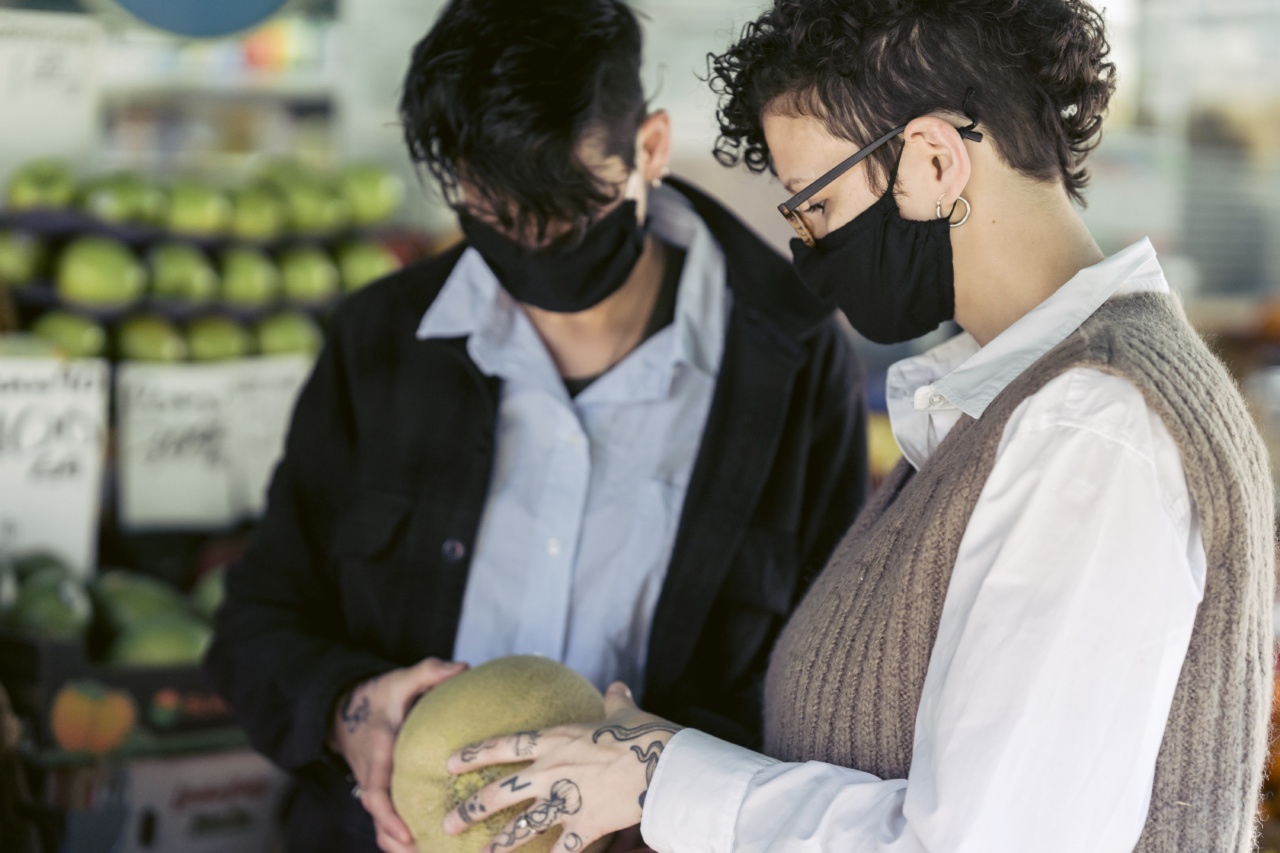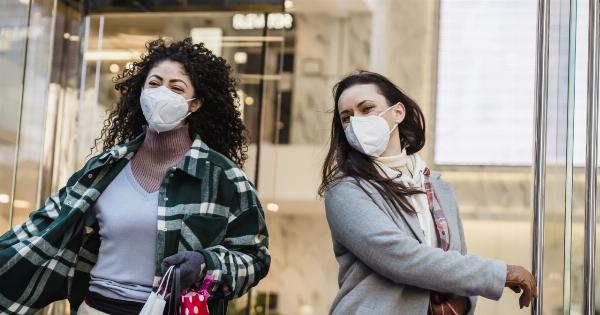Gluten is a hot topic and has gained significant attention in recent years. Some hail it as the enemy, while others argue that it’s harmless.
So, what is the truth about gluten? Should you be avoiding it or can you safely include it in your diet? In this article, we will delve into the world of gluten and explore whether it is a friend or foe to your health. We will also highlight some of the no-no foods that contain gluten and need to be avoided if you choose to go gluten-free.
The Basics of Gluten
Gluten is a protein naturally found in wheat, barley, and rye. It gives dough its elasticity and helps it rise.
Gluten is composed of two main proteins, glutenin and gliadin, and it is the gliadin component that causes the most trouble for those with gluten sensitivity or celiac disease.
Gluten sensitivity, also known as non-celiac gluten sensitivity, is a condition in which individuals experience symptoms similar to celiac disease but without the characteristic damage to the small intestine.
Celiac disease, on the other hand, is an autoimmune disorder in which the ingestion of gluten leads to damage and inflammation in the small intestine. Both conditions require a strict gluten-free diet to manage symptoms and prevent long-term complications.
The Debate: Friend or Foe?
The debate surrounding gluten centers around whether or not it is harmful to individuals without celiac disease or gluten sensitivity. Some argue that gluten is perfectly safe for most people and cutting it out unnecessarily restricts dietary choices.
On the other hand, many proponents of a gluten-free diet claim that removing gluten can lead to improved digestion, increased energy levels, and reduced inflammation.
While scientific research on the topic is ongoing, it is clear that gluten can be problematic for those with celiac disease or gluten sensitivity. However, for individuals without these conditions, the evidence is less conclusive.
It is important to note that adopting a gluten-free diet should not be taken lightly, as it can lead to nutrient deficiencies if not managed properly.
No-No Foods: Avoiding Gluten
If you decide to go gluten-free, it is crucial to be aware of the foods that commonly contain gluten. Here are some of the most common no-no foods:.
1. Wheat-Based Products
Wheat is one of the primary sources of gluten. Therefore, most wheat-based products should be avoided. This includes bread, pasta, cereal, and baked goods made with wheat flour.
Instead, opt for gluten-free alternatives like rice, quinoa, and corn-based products.
2. Barley and Rye
Barley and rye are also gluten-containing grains. Avoid foods made with these ingredients, such as barley soups, rye bread, and certain types of beer. Look for gluten-free alternatives or opt for grains like rice, millet, or buckwheat.
3. Processed Foods
Many processed foods, such as pre-packaged meals, sauces, dressings, and snack foods, often contain hidden sources of gluten. Always read ingredient labels carefully and choose certified gluten-free options whenever possible.
4. Condiments and Sauces
Condiments and sauces like soy sauce, teriyaki sauce, and gravy often contain gluten as a thickening agent. Look for gluten-free alternatives or make your own homemade versions using gluten-free ingredients.
5. Certain Beverages
Certain beverages, such as malted drinks, some flavored coffees, and certain alcoholic beverages, can contain hidden sources of gluten. Opt for gluten-free versions or choose beverages that are naturally gluten-free, like wine or most spirits.
6. Cross-Contamination
Cross-contamination can occur when gluten-free products come into contact with gluten-containing products or surfaces during storage, preparation, or cooking.
Always be vigilant and ensure that gluten-free products are stored and prepared separately to avoid any cross-contamination.
7. Oats
While oats themselves are naturally gluten-free, they are often cross-contaminated with gluten during processing. Look for certified gluten-free oats or opt for alternative grains like quinoa or rice.
8. Breading and Coatings
Many breadings, coatings, and breadcrumbs used in fried or breaded foods contain gluten. Be sure to choose gluten-free alternatives or try using crushed gluten-free crackers or cornmeal as a substitute.
9. Soups and Broths
Soups and broths can sometimes contain gluten as a thickening agent. Read labels carefully or make your own homemade versions using gluten-free ingredients.
10. Deli Meats
Some deli meats and processed meats, like sausages and hot dogs, can contain gluten as fillers or binders. Look for gluten-free options or fresh, unprocessed meats to avoid gluten.
Remember, this list is not exhaustive, and gluten can hide in unexpected places. Always read labels, ask questions at restaurants, and educate yourself about the potential sources of gluten to ensure a truly gluten-free diet.
Conclusion
The question of whether gluten is a friend or foe ultimately depends on the individual. For those with celiac disease or gluten sensitivity, gluten is definitely a foe and should be strictly avoided.
However, for individuals without these conditions, the decision to go gluten-free is a personal one that should be made after carefully considering the potential benefits and drawbacks.
While a gluten-free diet can be beneficial for some, it is essential to approach it with caution and ensure proper nutrition is maintained. Consult with a healthcare professional or a registered dietitian before making any drastic dietary changes.
Whether you choose to go gluten-free or not, being aware of the no-no foods that contain gluten will help you make informed decisions about what you consume. Remember to always listen to your body and prioritize your health above all else.































